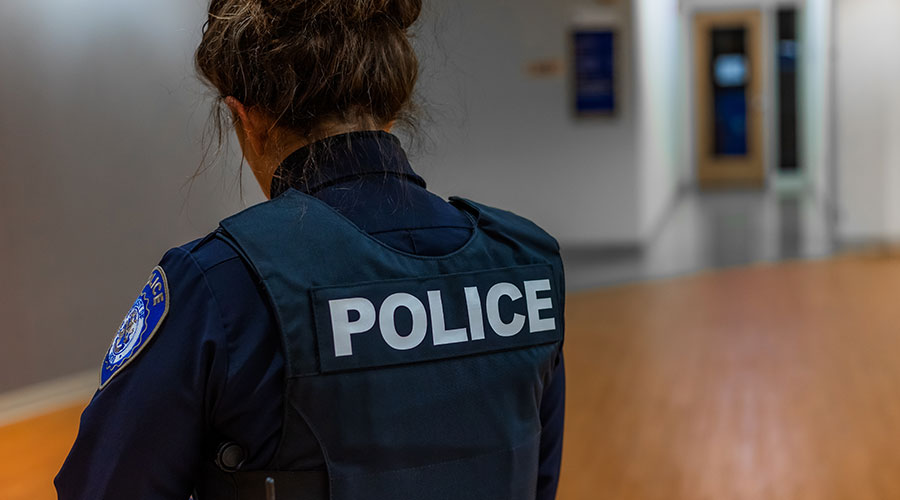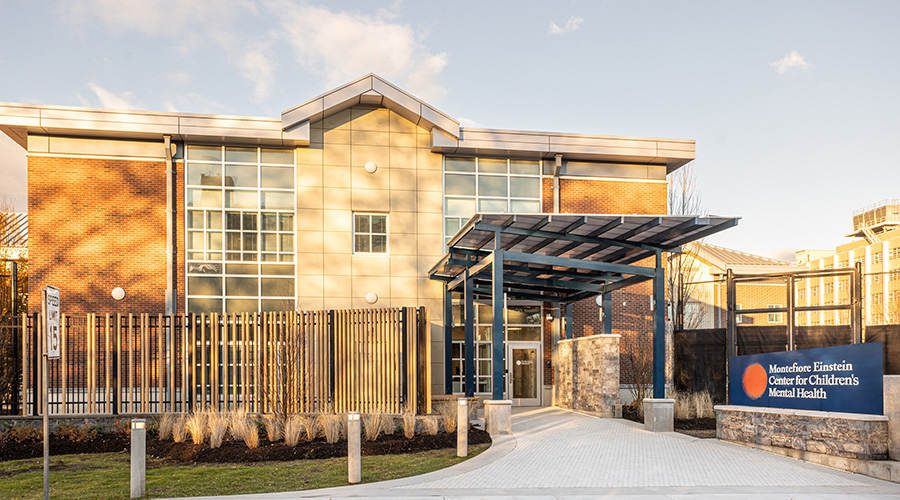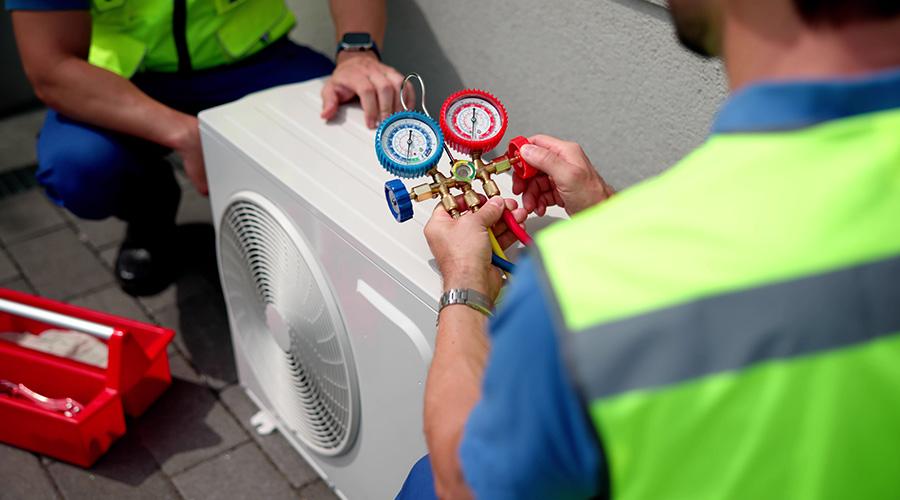Hospitals are experiencing ever-increasing acts of workplace violence. Healthcare workers are five times more likely to experience workplace violence than workers in other industries, according to the U.S. Bureau of Labor Statistics. As a result, nurses, physicians and frontline staff often receive verbal threats, physical assaults and aggressive behavior from patients and visitors.
This concerning reality affects healthcare organizations on multiple levels, from staff safety and mental well-being to patient care quality and talent retention. When healthcare teams feel unsafe, morale suffers, and turnover increases, creating staffing challenges that compromise service. Fortunately, technology can address these challenges through an integrated safety ecosystem that combines smart technology, intentional planning, team empowerment, and ongoing improvement.
Too often, however, hospitals respond reactively when faced with complex safety challenges. An incident happens, and a standalone solution gets added. Over time, a patchwork approach can leave critical gaps. By thinking of safety as a connected ecosystem and focusing on the five components of an integrated safety culture, healthcare teams can better protect staff, patients and visitors.
Smart access management
Effective healthcare security starts with access control to sensitive areas. The most effective way to secure these areas is with dynamic access control systems, such as infant tagging security, controlled remote entry and permission-based entry protocols at pharmacies. With these tools, staff can adjust permissions in real time based on context factors, such as time of day, staff schedules and threat levels, while providing the agility modern healthcare facilities need.
For areas requiring more protection, such as pharmacies and patient data centers, biometric solutions like fingerprint or facial recognition add layers of multi-factor authentication, limiting access to verified individuals.
Smart access management systems deliver an additional benefit: They collect and analyze movement data to identify irregular patterns, such as unusual hours of access to restricted areas. This intelligence can inform risk analysis and help security teams identify potential insider threats or procedural gaps before incidents occur.
Proactive monitoring
Video analytics systems offer real-time threat detection and notification. They can identify unusual behaviors, rapid movements and crowd formations and trigger alerts before potential violence escalates.
The effectiveness of these systems depends on appropriate staffing and IT infrastructure for support. Teams need training to interpret alerts and act appropriately and work with a well-staffed command center that includes professionals experienced in hospital operations and emergency protocols.
Understanding system capabilities and limitations is also important for proactive monitoring. Video surveillance might not deliver the best results if environmental factors impede performance. For example, seasonal changes in vegetation and the height of tree canopies can impact a system’s visibility. Indoors corridor design elements, such as doors that are not flush or building features that create blind spots, might require additional camera placement.
Regular audits of surveillance coverage can identify and address visibility gaps or system performance issues before they become bigger problems.
Staff empowerment
Everyone in a hospital is responsible for security, so regular, comprehensive training is needed to equip workers to prevent and manage violence and security vulnerabilities. Training should include security procedures and healthcare-specific de-escalation techniques.
The best training programs go beyond explaining procedures to providing context. Staff are more likely to embrace and enforce security standards when they understand the reasoning behind protocols. This approach applies whether the protocol involves limiting access to reduce contagion risks or enforcing visitor policies. Healthcare workers serve as an organization’s eyes and ears throughout the facility.
Building training into onboarding and professional development cycles also creates consistency across the organization. Simulation-based learning, regular drills and scenario walk-throughs can help all staff feel more confident during an incident.
Communication infrastructure
During emergencies, timely communication can make a critical difference when it comes to early notification, incident containment or escalation. A robust communication infrastructure includes panic buttons at nursing stations, mobile alert systems on personal devices and integrated emergency response systems. These tools provide instant notification capabilities, connecting on-site security and off-site first responders when assistance is needed.
Quick and discreet communication channels require robust infrastructure support. Implementing digital antennae systems and emergency responder communication enhancement systems promotes reliable communication coverage throughout the facility, even during critical incidents. These systems prevent performance degradation when communication needs are greatest. They allow staff to respond effectively, whether a nurse needs to signal a threat during a patient encounter or a clinician spots an escalating situation in a hallway.
These tools work best when they are integrated into existing hospital-wide systems. They should work together to allow alerts to function across departments, shifts and partner facilities. Regular testing helps keep these systems working and effective.
Continuous improvement
Security measures should evolve continuously so they remain effective. Digital incident reporting platforms allow staff to log threats, disturbances and near misses. Even minor incidents provide valuable data to inform improvements.
When analyzed, this data can reveal telling patterns. For example, analytics can be helpful for counting the number of people in a dense space. Armed with such insights, security teams can take proactive steps, such as adjusting staffing levels, reconfiguring layouts and updating visitor protocols.
The most effective way to build a culture of continuous security improvement is for organizational leadership to share analyzed security data with their teams. When executives communicate patterns, insights and improvement strategies directly, staff engagement increases significantly compared to when information comes solely from security personnel. A leadership-driven approach creates a feedback culture where every team member feels personally invested in safety outcomes, reinforcing that security is an organizational priority rather than a departmental responsibility.
Security upgrades require staff buy-in, so they often work best when hospitals adopt a phased, prioritized approach to implementing them. Balancing high-tech solutions with human-centered strategies creates the most effective security environments. While AI and biometrics are powerful tools, the human touch, compassionate communication, empathetic engagement and staff vigilance remain irreplaceable components of comprehensive security.
Ultimately, successful security approaches become woven into the fabric of healthcare culture. The goal is not to create a fortress but to build a space where patients feel protected and caregivers feel empowered to deliver exceptional care.
Eric Scholten is vice president of low voltage systems with Salas O’Brien, an engineering consulting firm. Nick Heywood, PMP, CPD, is associate vice president of low voltage systems with the firm.

 State of the Facilities Management Industry in 2025
State of the Facilities Management Industry in 2025 City of Hope to Open New Cancer Specialty Hospital in California
City of Hope to Open New Cancer Specialty Hospital in California Montefiore Einstein Opening New Inpatient Center for Youth in the Bronx
Montefiore Einstein Opening New Inpatient Center for Youth in the Bronx Skill Stacking: How Micro-Credentials Are Reshaping Trades
Skill Stacking: How Micro-Credentials Are Reshaping Trades Prima Medicine Opens New Location in Tysons, Virginia
Prima Medicine Opens New Location in Tysons, Virginia